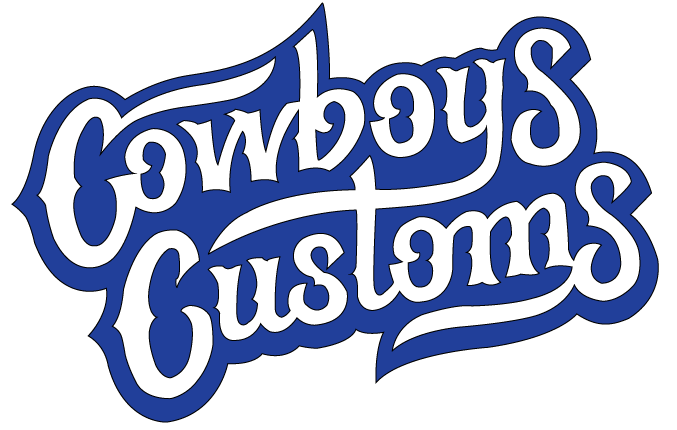Upgrading your truck’s tires is one of the easiest ways to improve both its look and performance. But before you throw on those aggressive all-terrains or mud tires, there’s one question you need answered: What’s the biggest tire size I can run without rubbing?
The answer depends on your truck’s make, model, suspension setup, and wheel offset — but there are some general rules you can follow to avoid clearance issues.
1. Know Your Stock Tire Size
Before going bigger, start by checking what you have now. You can find your current tire size:
- On the sidewall of the tire (something like 275/65R18)
- On the driver’s door jamb sticker
- In your owner’s manual
This size is your baseline. From here, you can figure out how much larger you can go without trimming or modifying your suspension.
2. How Much Bigger Can You Go Without Rubbing?
On most stock trucks with factory suspension and wheels, you can usually step up 1–2 inches in overall diameter without problems. For example:
- If your stock tires are 31 inches, you can usually run 32–33 inches safely.
- Width can increase slightly (about 0.5–1 inch wider) before it starts hitting your fender liners or suspension components.
Remember — even a small increase in width can make a big difference in clearance when turning.
3. Factors That Affect Tire Clearance
• Wheel Offset & Backspacing
- Wheels with a negative offset push the tires out, which looks great but can cause rubbing on the fender edges.
- A positive offset keeps the tires tucked in, which helps avoid rubbing but can limit how wide you can go.
• Suspension Lift or Leveling Kit
- A leveling kit (1–3 inches) allows for slightly taller tires without major rubbing.
- A suspension lift opens the door for much larger tires, but you’ll also need to match the correct wheel offset to avoid interference.
• Fender & Liner Clearance
- Trucks with bigger factory wheel wells (like some off-road packages) can take bigger tires with no trimming.
- In other cases, even a small size bump might require trimming the plastic liner or removing a mud flap.
4. Common “Max Tire” Sizes by Setup
Stock Suspension
- Half-ton trucks: 32–33 inches (ex. 285/70R17, 275/60R20)
- Three-quarter ton: 33–34 inches (ex. 295/65R20)
Leveling Kit (2–3 inches)
- Half-ton trucks: 33–34 inches (ex. 295/70R17, 285/65R20)
- Three-quarter ton: 34–35 inches (ex. 325/60R20)
6-inch Lift
- Half-ton trucks: 35–37 inches (ex. 35×12.50R20, 37×12.50R22)
- Three-quarter ton: 37+ inches with proper gearing and clearance
5. Test Fit Before You Commit
Every truck is a little different — even the same model year can have slight variations in clearance. The safest move is to test fit your desired tire size at a shop before you buy. That way, you’ll know exactly how it looks and if it clears when you turn lock-to-lock.
Final Thoughts
If you want a safe upgrade without trimming, stick to 1–2 inches taller than your stock tires and keep width increases minimal. For bigger gains, consider a leveling kit or lift — and always match your wheel offset to your setup.
If you’re in the Dallas area and want professional advice, Cowboys Customs can measure, test fit, and install the perfect tires for your truck. Whether you’re after aggressive off-road looks or better street performance, we’ll make sure your new setup clears with no rubbing issues.
